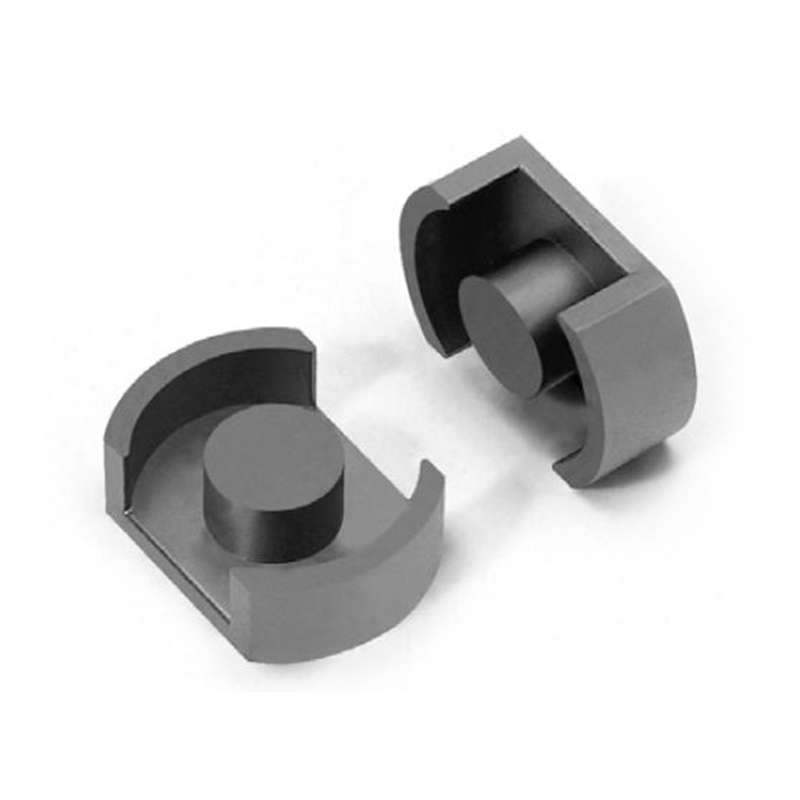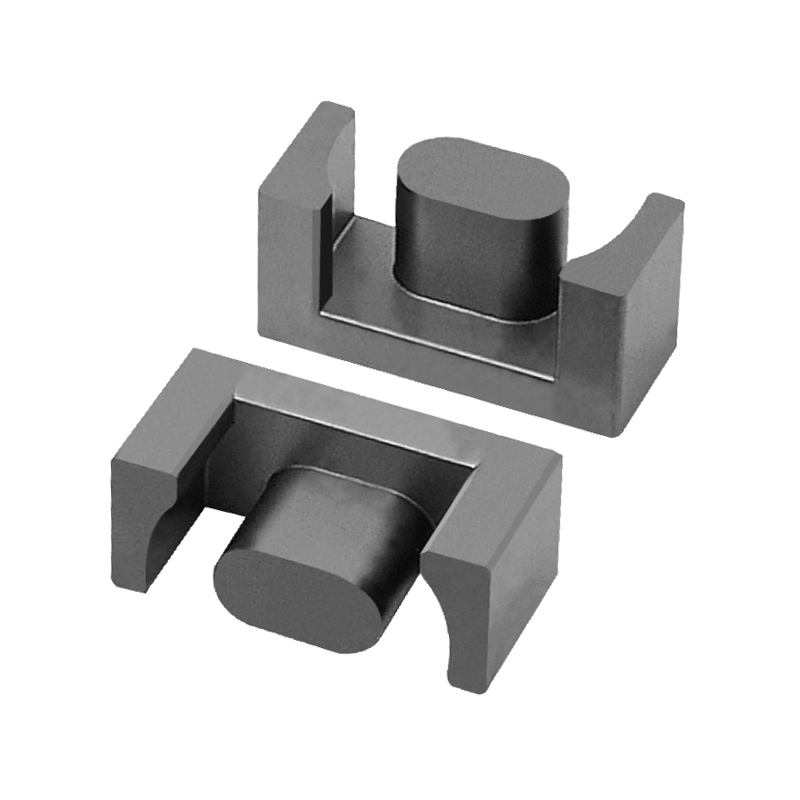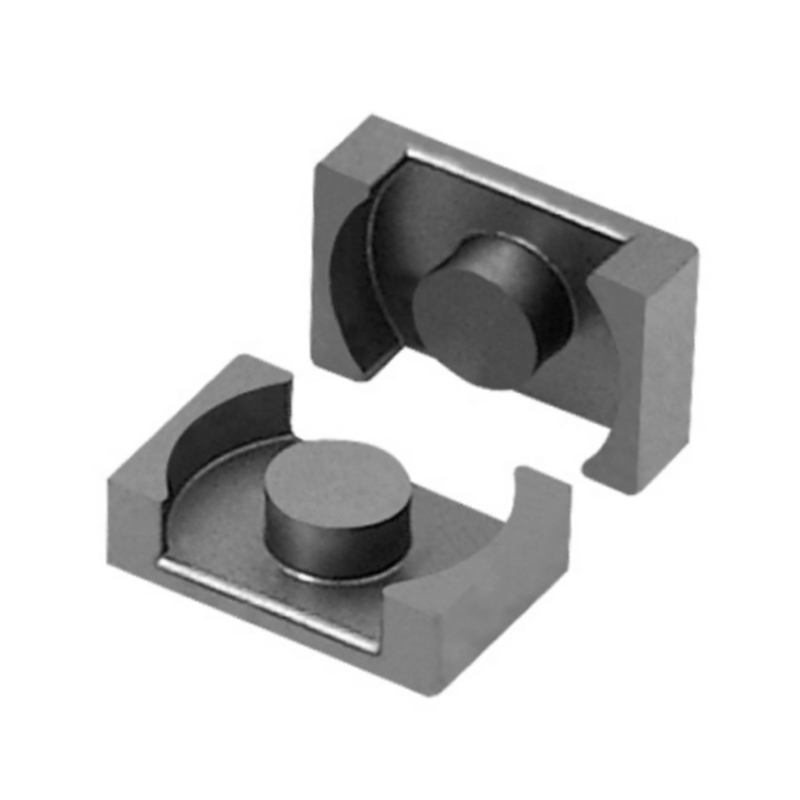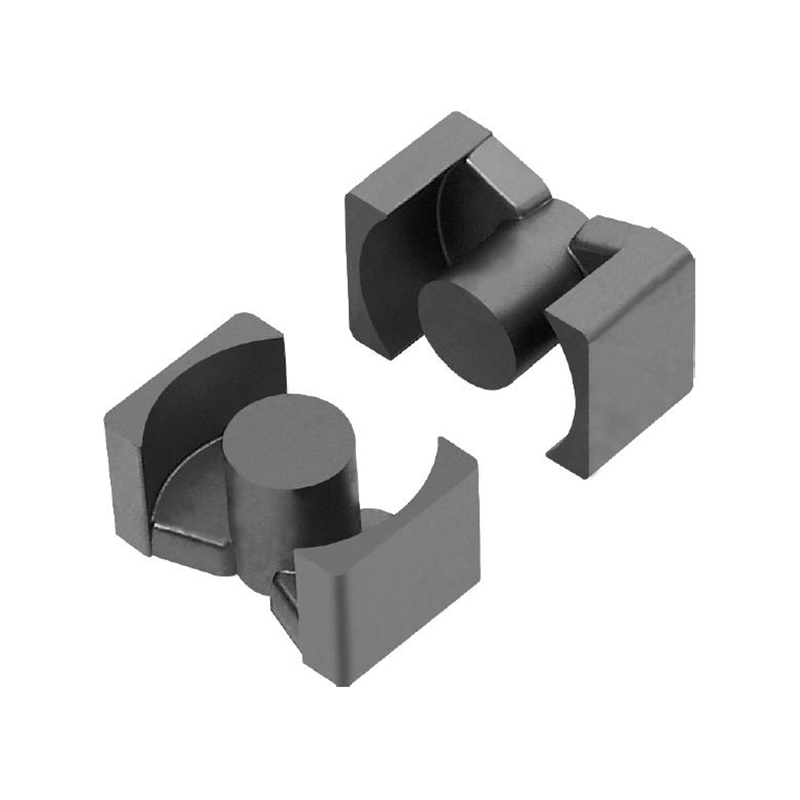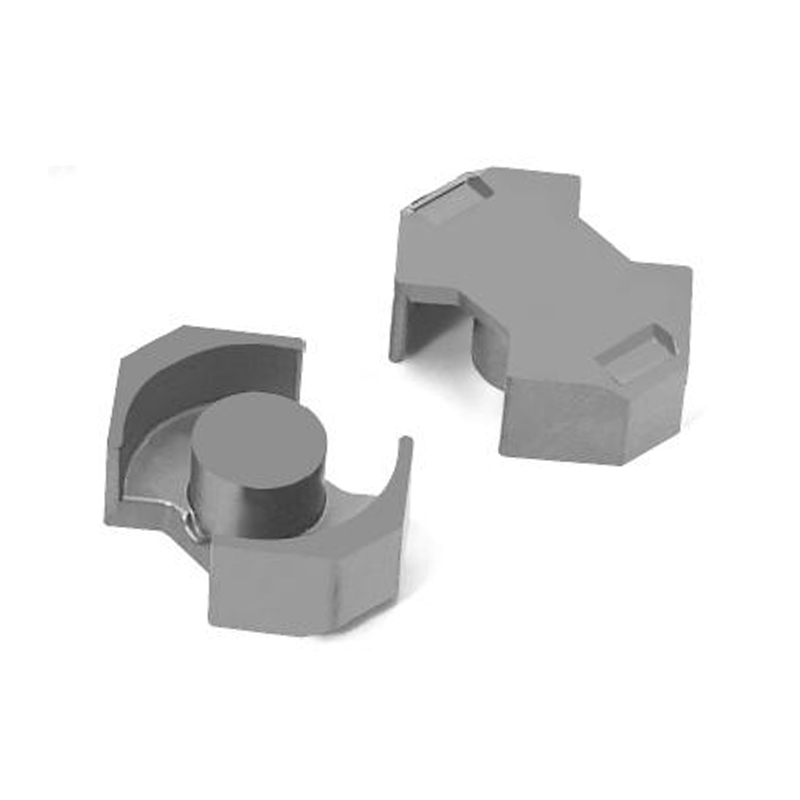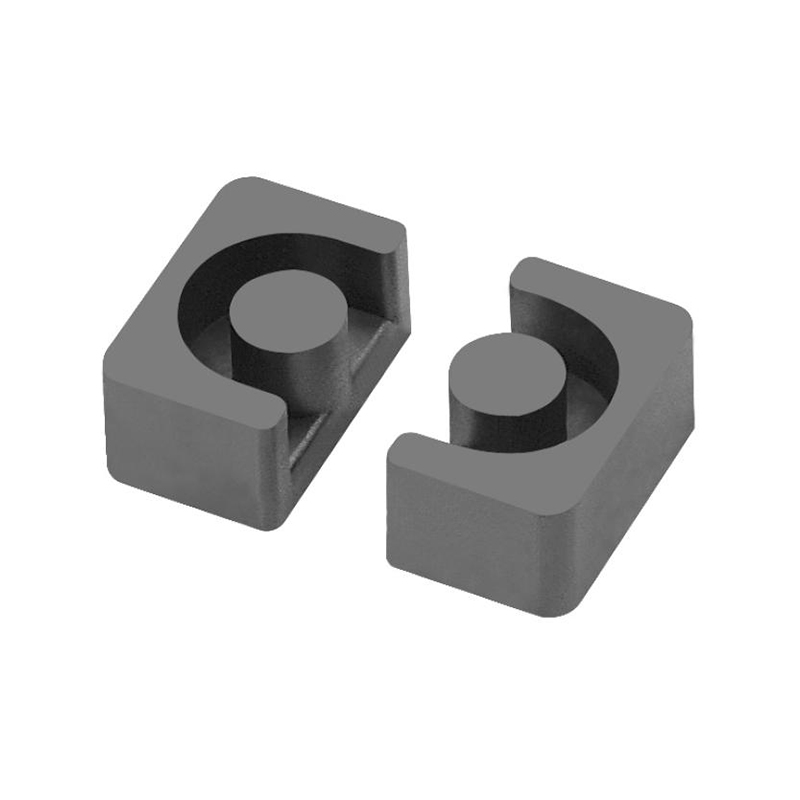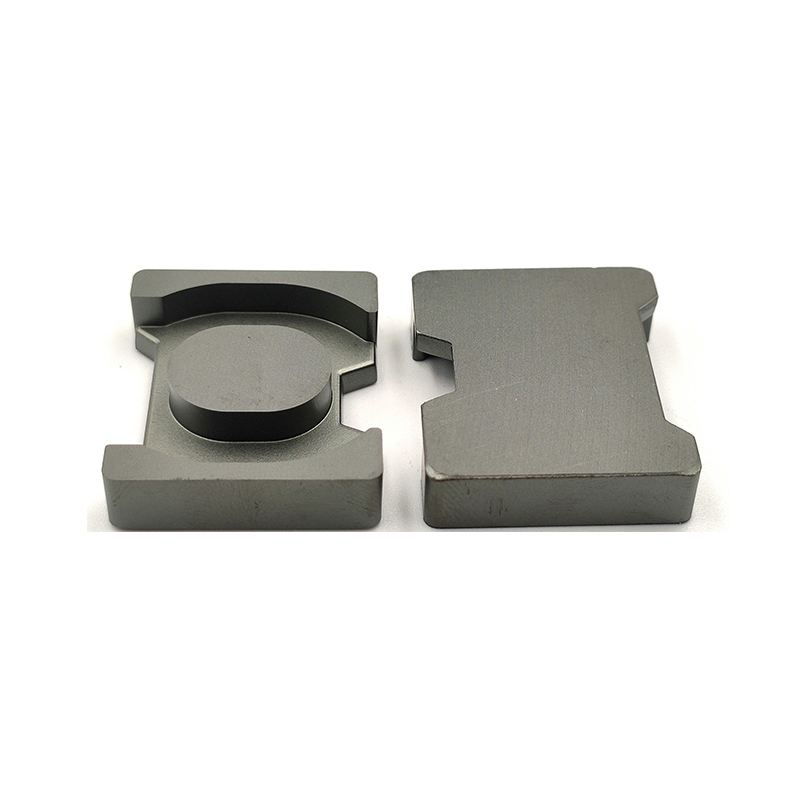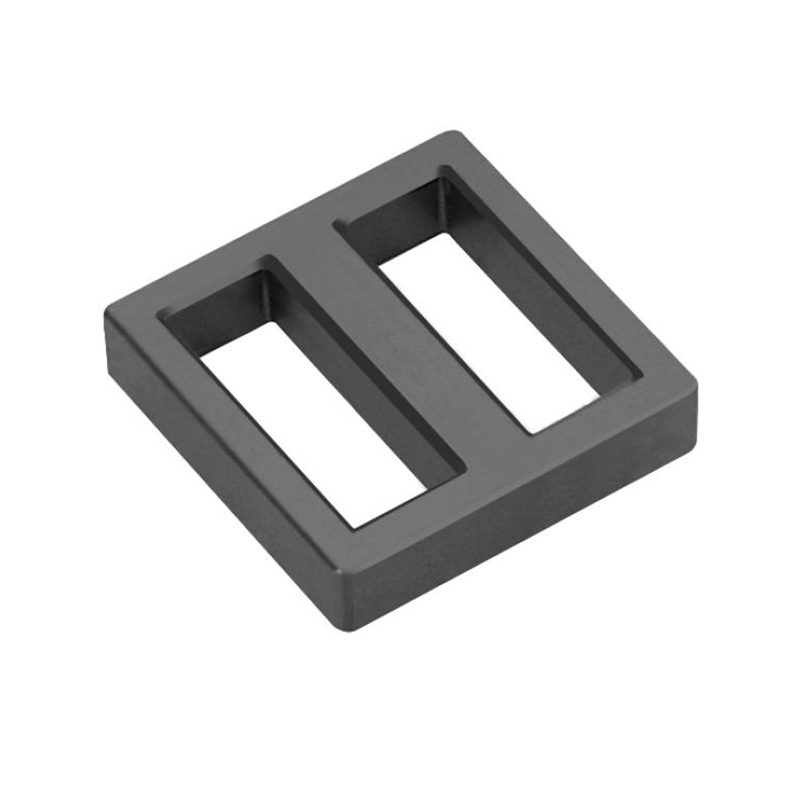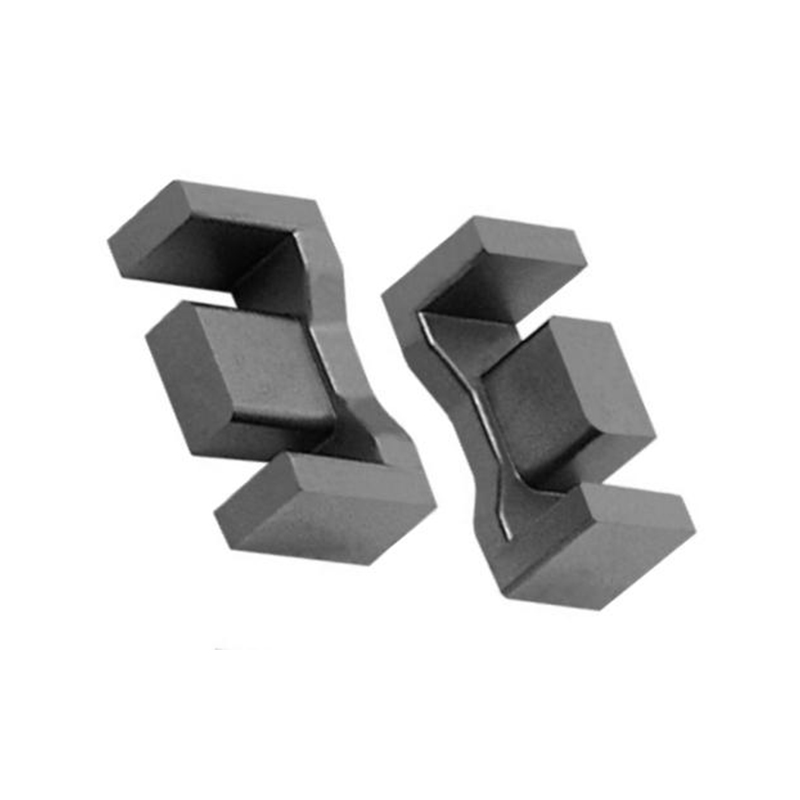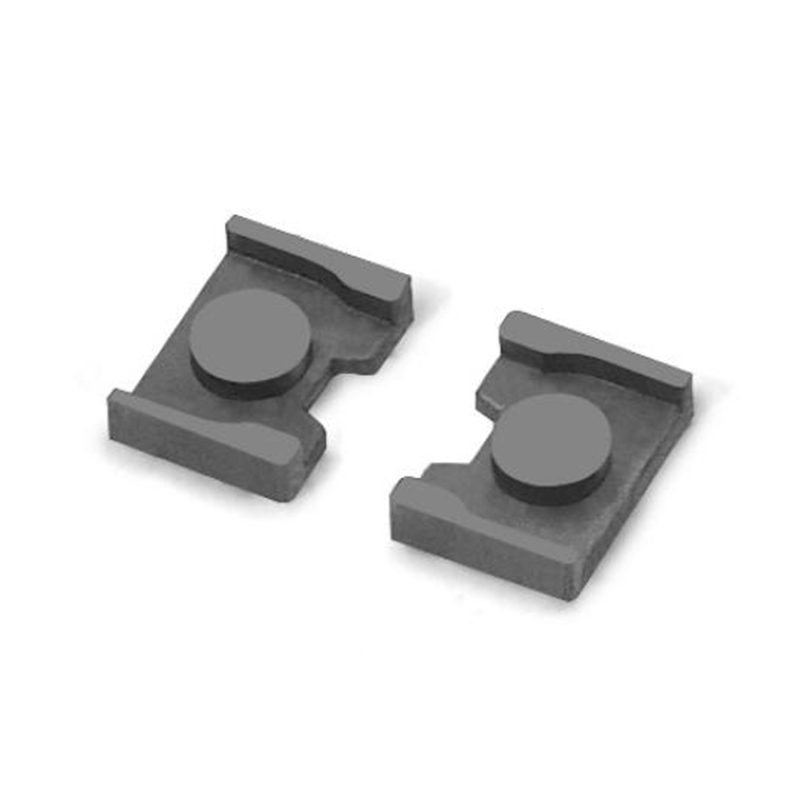Ferrite Cores: What They Are, How They Work, and Their Applications
Ferrite core is essential components in modern electronics, playing crucial roles in power conversion, noise suppression, and electromagnetic interference (EMI) reduction. This comprehensive guide explores everything you need to know about ferrite cores.
What Are Ferrite Cores?
Ferrite cores are magnetic components made from ferrite, a ceramic material composed of iron oxide (Fe2O3) combined with other metallic elements. These cores are widely used in electronic circuits for their magnetic properties and high electrical resistance.
Ferrites are classified into two main categories:
- Soft ferrites - Used in transformers, inductors, and other applications requiring magnetic field variation
- Hard ferrites - Used in permanent magnets
Composition and Manufacturing of Ferrite Cores
The manufacturing process of ferrite cores involves several steps:
- Raw material preparation and mixing
- Pre-sintering
- Milling
- Pressing
- Sintering
- Machining and finishing
- Testing and quality control
Key Properties of Ferrite Cores
Ferrite cores possess several important properties that make them valuable in electronic applications:
| Property | Description | Importance |
| Permeability | Measure of how easily magnetic flux is established in the material | Determines inductance and energy storage capability |
| Saturation Flux Density | Maximum magnetic flux density the material can support | Limits the maximum energy storage capacity |
| Curie Temperature | Temperature at which material loses its magnetic properties | Determines maximum operating temperature |
| Resistivity | Electrical resistance of the material | Reduces eddy current losses at high frequencies |
| Core Loss | Energy lost as heat during operation | Affects efficiency and thermal performance |
Types of Ferrite Cores
Ferrite cores come in various shapes and sizes, each suited for specific applications:
Common Core Shapes
Different core shapes offer various advantages in terms of magnetic performance, ease of winding, and application suitability.
Applications of Ferrite Cores
Ferrite cores find applications in numerous electronic devices and systems:
Power Conversion Applications
Ferrite cores are extensively used in power conversion circuits:
EMI Suppression and Noise Filtering
One of the most common uses of ferrite cores is in electromagnetic interference suppression:
Selection Criteria for Ferrite Cores
Choosing the right ferrite core requires consideration of several factors:
Design Considerations
Proper design with ferrite cores involves multiple technical considerations:
Advantages of Ferrite Cores
Ferrite cores offer several benefits compared to other magnetic materials:
Limitations of Ferrite Cores
Despite their advantages, ferrite cores have some limitations:
Recent Developments in Ferrite Core Technology
The field of ferrite cores continues to evolve with new materials and manufacturing techniques:
Future Trends in Ferrite Core Applications
Emerging technologies are creating new opportunities for ferrite core applications:
Practical Tips for Working with Ferrite Cores
These practical suggestions can help when designing with or using ferrite cores:
Troubleshooting Common Ferrite Core Issues
Common problems encountered with ferrite cores and their solutions:
Safety Considerations
Important safety aspects to consider when working with ferrite cores:
Environmental Impact and Recycling
The environmental aspects of ferrite core production and disposal:
Frequently Asked Questions About Ferrite Cores
Answers to common questions about ferrite cores:
Conclusion
Ferrite cores remain indispensable components in modern electronics, offering unique combinations of magnetic and electrical properties. Their versatility, reliability, and cost-effectiveness ensure they will continue to play a vital role in electronic design for the foreseeable future.

 中文简体
中文简体